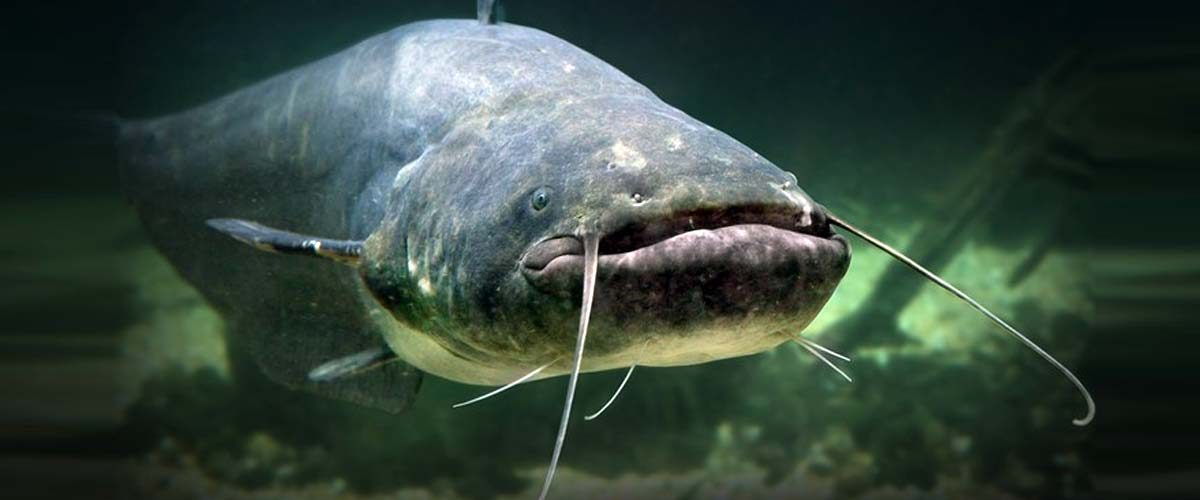Catfish is one of the aquaculture species grown in Indonesia. One of the advantages of catfish is that it grows faster than the other species and can even reach a weight of 200-300 g at an age of 3 months1. Catfish have been widely used for fresh consumption and partly exported in the form of fillets. Because of the current high production, in addition to an increasing value, it can be used as an alternative raw material, especially for surimi production and for diversification of the fishery business in Indonesia.
Surimi is a uniquely functional food ingredient made of fish proteins and used in surimi seafood products. Surimi consists of fish proteins that are refined through heading, gutting and mincing the fish, then washing, removing water, and freezing the remaining protein. Surimi seafood consists of unique seafood ingredients with flavor similar to that of naturally occurring crab, shrimp, lobster and other shellfish with added convenience, safety and versatility2.
The Government of Indonesia, through the Ministry of Marine Affairs and Fisheries, issued a regulation, regarding restrictions on the use of fishing gear in Regional Fisheries Management in order to avoid over-exploitation of fishery resources in Indonesian waters. The regulation causes a limited supply of raw materials for the surimi industry, so it was necessary to find other fish sources, such as catfish, as alternative surimi raw materials3.
In the view of above mentioned context researchers decided to carry out a new study in which they examined the potential of catfish as an alternative raw material for surimi production based on the proximate composition, amino acid profile, protein composition, TGase (Endogenous transglutaminase) and protease activities4.

It was observed form the study results that the chemical composition and the natural content of endogenous enzymes may vary in fish muscle and are affected by the species, fish habitat, food and physiological condition. The study found that catfish has a high protein content, low fat content, high concentrations of glutamine and lysine residues.
It was also found that it has a high myofibrillar protein content relative to sarcoplasmic protein and TGase activity that was higher than the protease activity. These features strongly supported the formation of surimi gel, thus, it was concluded that catfish was a potential alternative feedstock for surimi production.
Keywords: Lele dumbo, catfish, alternative raw material, surimi, TGase, protease activity, sarcoplasmic protein, TGase activity, surimi gel, potential alternative.
References:
- Adan, R.I.Y., 2000. Catfish culture in Southeast Asia. SEAFDEC Asian Aquac., 22: 16-17.
- Seafood Health Facts: Making Smart Choices. 2007. What is surimi?
- Pangsorn, S., P. Laong-Manee and S. Siriraksophon, 2007. Status of Surimi industry in the Southeast Asia. SEAFDEC Capture Fishery Technology Division, pp: 1-28.
- Ita Z., Sri R., Pudji H. and Retno I., 2017. Catfish (Clarias gariepinus): A Potential Alternative Raw Material for Surimi Production. Pak. J. Nutr., 16: 928-934.
















Add comment